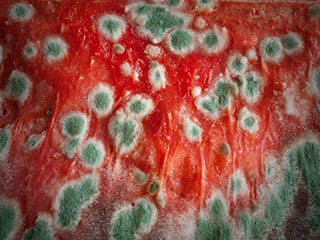
Even the best HVAC system can experience problems. Contamination of the air ducts with dust and pollen is not uncommon, but can be dealt with effectively even if it is considerable. When mold appears, however, you must not waste time, but take action immediately. Learn more about this problem and how it can be resolved with air duct cleaning.
HVAC Mold Causes and Symptoms
Irregular and generally poor HVAC maintenance is one of the most common causes of mold growth in the system. The dirt collected on the AC coils and the drain pan is the ideal food for these fungi. The extended use of humidifiers increases moisture levels inside the ductwork. When the temperature increases, the perfect environment for mold growth is created.
Poor insulation is another common cause. It leads to condensation and mold grows on the moist surface. Less often, temperature extremes can cause this problem.
It’s easy to tell when mold has grown inside the HVAC ducts. The most common sign is a musty smell coming from the air vents. You may notice mold on the air filters too. As explained earlier, acting right away can save you a lot of trouble.
Removing Mold and Preventing Future Growth
The inspection will reveal what type of mold has invaded your HVAC system and how much it has spread. It will also show whether it has caused any damage to the ductwork. Sometimes, air duct repair is required. If mold has caused too much damage, some sections or the whole ductwork may require replacement.
Cleaning involves removing the mold. Air duct sanitizing with the use of antimicrobial chemicals is the next step and it works to kill any remaining spores. In general, sanitizing will help to keep mold at bay for some time. The main cause of the problem has to be eliminated as well. It can involve installing better insulation and providing more effective HVAC maintenance more frequently.
There are different methods for preventing future contamination. One of the most reliable ones is the installation of UV cleansers. These are devices which emit low-frequency ultraviolet light. This light practically destroys mold spores. The cleansers are not messy and are easy to keep in good shape and to replace when they come to the end of their useful life eventually.

